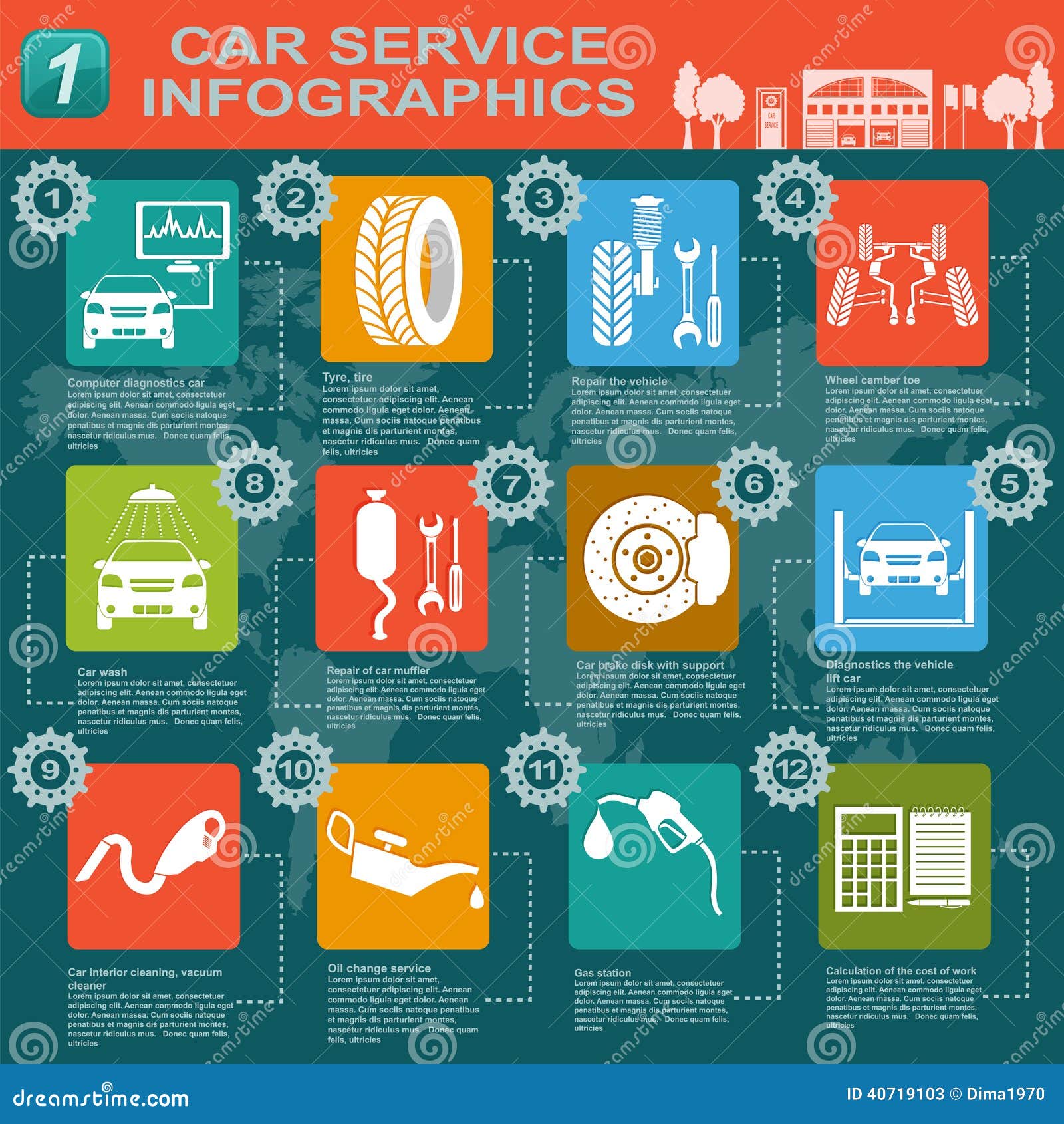Understanding The Significance Of Your Car'S Warning Signals: What They In Fact Stand For
Understanding The Significance Of Your Car'S Warning Signals: What They In Fact Stand For
Blog Article
Write-Up Composed By-Lim Shepherd
When you're behind the wheel, those beautiful caution lights on your dashboard can be a little bit difficult. Do you recognize what they're attempting to inform you about your cars and truck's health and wellness? Comprehending https://judahuojcw.bloggerbags.com/35122142/curious-regarding-auto-outlining-materials-discover-the-must-have-devices-and-professional-guidance-that-will-raise-your-outlining-abilities-as-a-newbie of these lights is vital for your safety and security and the durability of your car. So, the next time one of those lights appears, wouldn't you want to decipher its message properly and take the essential steps to resolve it?
Common Caution Lighting and Interpretations
Determine typical warning lights in your auto and recognize their definitions to make sure secure driving.
The most regular warning lights consist of the check engine light, which signifies problems with the engine or discharges system. If this light begins, it's important to have your car checked quickly.
The oil stress warning light shows low oil pressure, calling for immediate attention to avoid engine damage.
A flashing battery light might recommend a faulty billing system, possibly leaving you stranded otherwise addressed.
The tire stress monitoring system (TPMS) light informs you to low tire pressure, influencing automobile security and gas efficiency. Neglecting this could bring about hazardous driving problems.
The abdominal muscle light indicates a trouble with the anti-lock braking system, endangering your capability to quit promptly in emergency situations.
Finally, the coolant temperature level cautioning light warns of engine overheating, which can result in extreme damages otherwise solved promptly.
Understanding these typical caution lights will certainly help you address issues quickly and maintain secure driving problems.
Relevance of Prompt Attention
Understanding the common caution lights in your automobile is only the first step; the importance of without delay resolving these warnings can't be stressed enough to ensure your safety and security on the road.
When a caution light illuminates on your control panel, it's your automobile's method of communicating a potential problem that needs interest. Disregarding these warnings can bring about a lot more severe troubles in the future, endangering your safety and possibly costing you much more out of commission.
https://www.heraldmailmedia.com/story/news/2022/01/14/s-s-auto-repair-virginia-avenue-halfway-scene-fire-washington-county/6530072001/ to alerting lights can protect against break downs and accidents. As an example, a flashing check engine light might suggest a misfire that, if left neglected, might create damage to the catalytic converter. Addressing botanydowns can save you from a pricey repair work.
Likewise, a brake system alerting light might signify reduced brake liquid or used brake pads, essential elements for your safety and security when driving.
DIY Troubleshooting Tips
If you discover a warning light on your control panel, there are a couple of do it yourself repairing pointers you can attempt before looking for specialist assistance.
The very first step is to consult your automobile's guidebook to recognize what the certain warning light suggests. Often the concern can be as basic as a loose gas cap setting off the check engine light. Tightening up the gas cap might settle the trouble.
https://keeganokezu.mybuzzblog.com/9529111/seasonal-cars-and-truck-treatment-essential-vehicle-outlining-tips-for-every-time-of-year is a reduced battery, which can activate various advising lights. Examining the battery links for deterioration and ensuring they're secure could take care of the trouble.
If a warning light lingers, you can try resetting it by disconnecting the cars and truck's battery for a couple of minutes and then reconnecting it. Additionally, examining your automobile's liquid degrees, such as oil, coolant, and brake liquid, can aid troubleshoot alerting lights connected to these systems.
Conclusion
To conclude, understanding your automobile's caution lights is essential for maintaining your automobile running efficiently and securely. By quickly dealing with these alerts and understanding what they mean, you can stay clear of costly repair work and prospective malfunctions.
Keep in mind to consult your automobile's guidebook for certain information on each advising light and do something about it appropriately to guarantee a trouble-free driving experience.
Remain educated, stay secure when driving!
